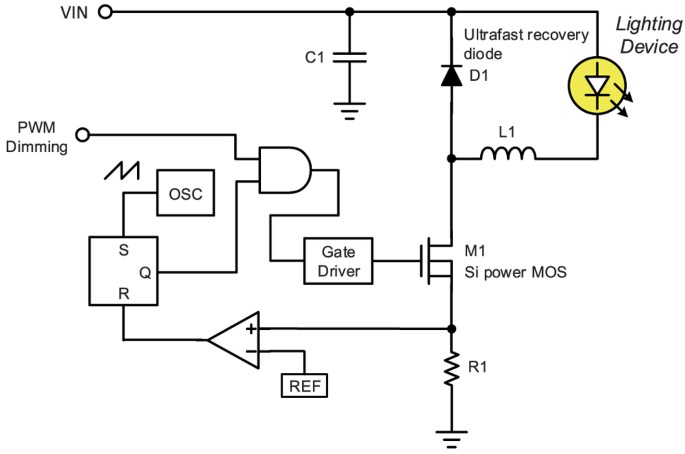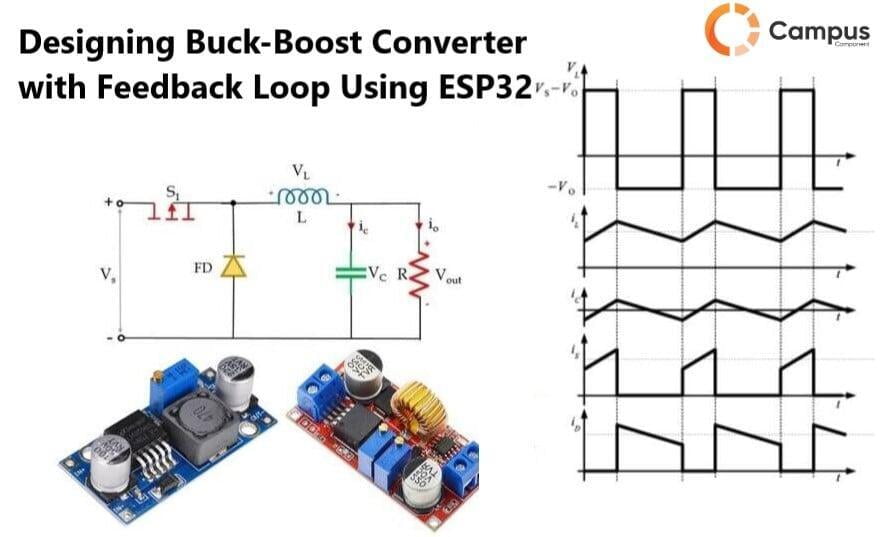How to Design a High-Efficiency LED Driver?
LED technology has become increasingly popular due to its energy-efficient and long-lasting properties. To fully harness the benefits of LED lighting, it is crucial to design a high-efficiency LED driver. A well-designed LED driver not only maximizes the light output of the LED but also ensures energy savings and extended lifespan. In this article, we will provide you with a comprehensive guide on how to design a high-efficiency LED driver for your lighting applications.
Understanding LED Drivers
LED drivers are essential components in LED lighting systems as they regulate the power supply to the LEDs. They convert alternating current (AC) to direct current (DC) to ensure the stable operation of LEDs. LED drivers also protect LEDs from voltage fluctuations and prevent overheating, which can reduce the lifespan of the LEDs. A high-quality LED driver is crucial for maximizing the performance and longevity of LED lighting.
Key Considerations for Designing a High-Efficiency LED Driver
- Efficiency: The efficiency of an LED driver determines how well it converts power from the source to the LED. A high-efficiency LED driver minimizes energy losses, leading to reduced heat generation and improved energy savings.
- Power Factor Correction (PFC): PFC is a crucial feature in LED drivers that ensures the power supply is in sync with the voltage and current requirements of the LEDs. Implementing PFC improves the overall efficiency of the LED driver.
- Dimming Capabilities: Incorporating dimming capabilities in the LED driver allows for flexible control of light output, leading to further energy savings and customization of lighting effects.
- Thermal Management: Proper thermal management is essential for maintaining the optimal operating temperature of the LED driver and LEDs. Effective heat dissipation techniques, such as heat sinks and thermal pads, can enhance the efficiency and lifespan of the LED driver.
Designing a High-Efficiency LED Driver
When designing a high-efficiency LED driver, it is essential to consider the specific requirements of the LED lighting system and application. Here are the key steps to designing a high-efficiency LED driver:
- Identify the power requirements of the LEDs, including voltage and current ratings, to determine the appropriate power supply for the LED driver.
- Select an LED driver with high efficiency and power factor correction to ensure optimal performance and energy savings.
- Incorporate dimming capabilities in the LED driver to provide flexibility in controlling the light output and achieving customized lighting effects.
- Implement proper thermal management techniques, such as heat sinks and thermal pads, to prevent overheating and ensure the longevity of the LED driver and LEDs.
By following these key considerations and steps, you can design a high-efficiency LED driver that maximizes the performance, energy savings, and lifespan of your LED lighting system. Investing in a high-quality LED driver is essential for achieving superior lighting results and reaping the benefits of LED technology.
Conclusion
Designing a high-efficiency LED driver is essential for optimizing the performance and energy efficiency of LED lighting systems. By considering key factors such as efficiency, power factor correction, dimming capabilities, and thermal management, you can design a LED driver that enhances the performance and longevity of LEDs. Invest in a high-quality LED driver to fully harness the benefits of LED technology and achieve superior lighting results in your applications.
How to Design a High-Efficiency LED Driver?
LED technology has become increasingly popular due to its energy-efficient and long-lasting properties. To fully harness the benefits of LED lighting, it is crucial to design a high-efficiency LED driver. A well-designed LED driver not only maximizes the light output of the LED but also ensures energy savings and extended lifespan. In this article, we will provide you with a comprehensive guide on how to design a high-efficiency LED driver for your lighting applications.
Understanding LED Drivers
LED drivers are essential components in LED lighting systems as they regulate the power supply to the LEDs. They convert alternating current (AC) to direct current (DC) to ensure the stable operation of LEDs. LED drivers also protect LEDs from voltage fluctuations and prevent overheating, which can reduce the lifespan of the LEDs. A high-quality LED driver is crucial for maximizing the performance and longevity of LED lighting.
Key Considerations for Designing a High-Efficiency LED Driver
- Efficiency: The efficiency of an LED driver determines how well it converts power from the source to the LED. A high-efficiency LED driver minimizes energy losses, leading to reduced heat generation and improved energy savings.
- Power Factor Correction (PFC): PFC is a crucial feature in LED drivers that ensures the power supply is in sync with the voltage and current requirements of the LEDs. Implementing PFC improves the overall efficiency of the LED driver.
- Dimming Capabilities: Incorporating dimming capabilities in the LED driver allows for flexible control of light output, leading to further energy savings and customization of lighting effects.
- Thermal Management: Proper thermal management is essential for maintaining the optimal operating temperature of the LED driver and LEDs. Effective heat dissipation techniques, such as heat sinks and thermal pads, can enhance the efficiency and lifespan of the LED driver.
Designing a High-Efficiency LED Driver
When designing a high-efficiency LED driver, it is essential to consider the specific requirements of the LED lighting system and application. Here are the key steps to designing a high-efficiency LED driver:
- Identify the power requirements of the LEDs, including voltage and current ratings, to determine the appropriate power supply for the LED driver.
- Select an LED driver with high efficiency and power factor correction to ensure optimal performance and energy savings.
- Incorporate dimming capabilities in the LED driver to provide flexibility in controlling the light output and achieving customized lighting effects.
- Implement proper thermal management techniques, such as heat sinks and thermal pads, to prevent overheating and ensure the longevity of the LED driver and LEDs.
By following these key considerations and steps, you can design a high-efficiency LED driver that maximizes the performance, energy savings, and lifespan of your LED lighting system. Investing in a high-quality LED driver is essential for achieving superior lighting results and reaping the benefits of LED technology.
Conclusion
Designing a high-efficiency LED driver is essential for optimizing the performance and energy efficiency of LED lighting systems. By considering key factors such as efficiency, power factor correction, dimming capabilities, and thermal management, you can design a LED driver that enhances the performance and longevity of LEDs. Invest in a high-quality LED driver to fully harness the benefits of LED technology and achieve superior lighting results in your applications.



